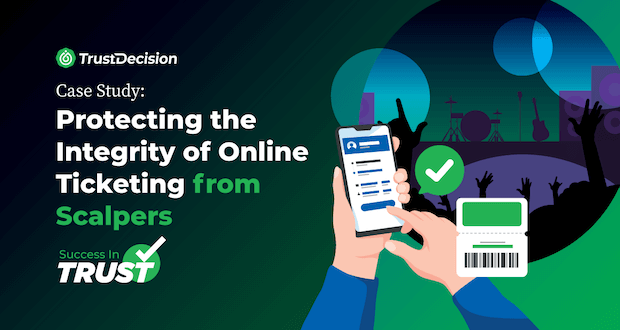In the booming world of designer collectibles, toys have evolved far beyond childhood nostalgia — they’ve become culture, identity, and a lifestyle. From the viral rise of mischievous figurines loved across social media, to long queues at pop-up stores spanning Asia, Europe, and North America, collectible toy brands, especially those comes in random boxes, have captured the imagination of millions of young consumers.
Industry observers have noted that for many Gen Z buyers, these toys represent affordable luxury, self-expression, and cultural belonging. Demand is intense — but so is the competition to get the latest drop.
And where demand spikes, abuse follows.
As revenue soared, global expansions accelerated, and cross-border e-commerce became a major growth engine, one leading collectible brand found itself becoming a prime target of scalpers and automated fraud networks.
The Challenge: When Scarcity Meets Scalpers
The brand’s limited-edition random box drops quickly escalated into a digital battleground. What started as a fun, collectible craze quickly escalated into a war zone where scalpers take the drops but real fans had little chance in the game.
This indicates an large-scale, industrialized flash-sale exploitation executed by professional fraud rings. Behind the scenes, scalper syndicates had built out full-stack abuse system breaks down in 3 stages, spanning the tools, accounts and resale operations designed to beat the platform:
Stage 1: The Tech Stack for Abuse
First, hackers reverse-engineered the app. They cracked open request structures, tampered with parameters, spoofed devices, and hijacked cloud functions. They packaged these exploits into easy-to-use “one-click buy” tools and sold them widely, lowering the barrier for abuse.
Stage 2: Account Farm Operations
Then came mass account farming. Using SMS platforms and automation tools, fraud rings spun up thousands of fake accounts. Group-control systems allowed them to log in and check out at scale—fast, silent, and disguised as real users.
Stage 3: Arbitrage at Speed
Finally came the monetization stage, the goods were flipped within seconds in resale chats and gray markets. Some groups even ran cross-border operations with playbooks like: monitor product drops → auto-buy → swap device → initiate payment → complete the flip.
The Solution: Detect → Decide → Intercept → Optimize
To stop the escalating flash-sale abuse, the collectible brand partnered with TrustDecision to build a targeted anti-abuse system.
API Protection at the Core
Core APIs were secured with dynamic encryption and signature verification. Bots could no longer forge or replay requests, and high-risk environments like emulators and rooted devices were flagged quickly.
Know Your Users
Through TrustDecision Device Fingerprint and IP profiling, we built detailed user profiles that revealed spoofed devices, IP cluster, proxy networks, and coordinated accounts. Real users don’t behave like automated farms, and now the system could tell the difference.
Millisecond-Level Decisioning
For each order placed, we monitored and scored key action from registration to checkout. Suspicious behavior patterns would trigger real-time blocks on the abusers, while real fans can flow through smoothly.
Differentiated Strategy Based on Scenarios
We designed targeted anti-fraud models for key scenarios like new product drops, account registrations, and transactions—each tailored to block abuse without impacting conversion. Dynamic verification was triggered based on real-time risk levels and buyer policies, striking the right balance between protection and user experience.
Pattern Mapping to Uncover Fraud Rings
Behind the scenes, graph analysis linked accounts, devices, and IPs to reveal the hidden fraud networks. Dynamic risk labels enabled tiered user management—rewarding trusted behavior, while restricting high-risk activity. Each attack helped refine models and sharpen defense.
The Result
Fraud Prevention That Builds Loyalty
Fraud prevention isn’t a one-time fix – It’s a moving target. By investing in long-term risk infrastructure, this leading collectible brand has not only protected its core business but also laid the foundation for sustainable global growth, brand reputation, and lasting customer loyalty.






.png)






